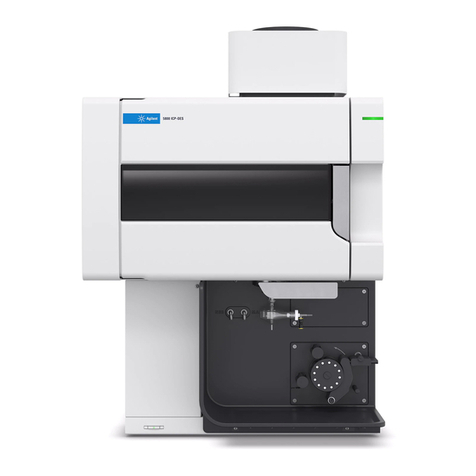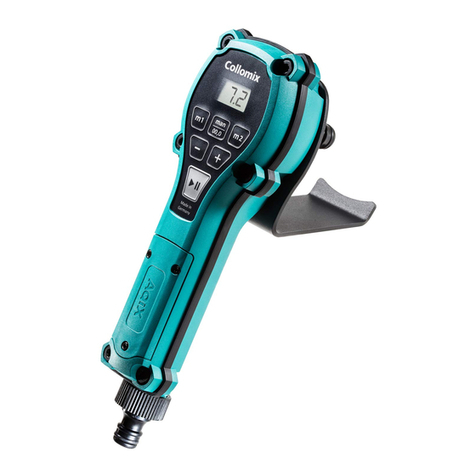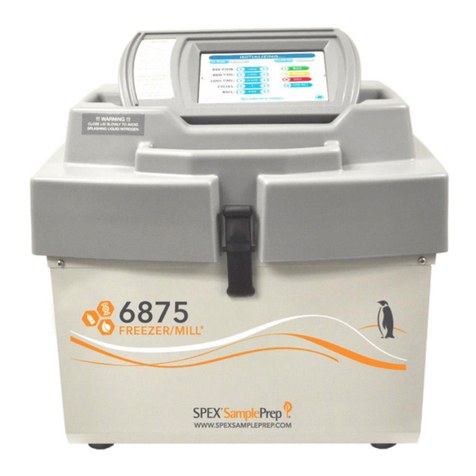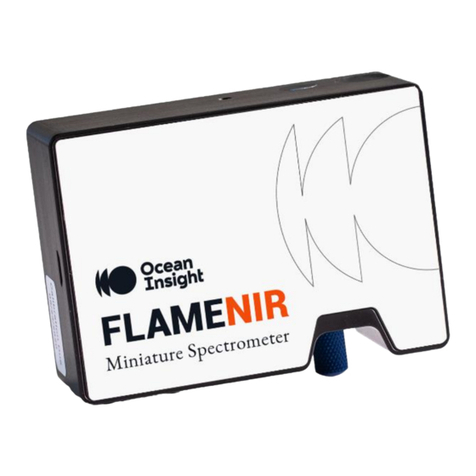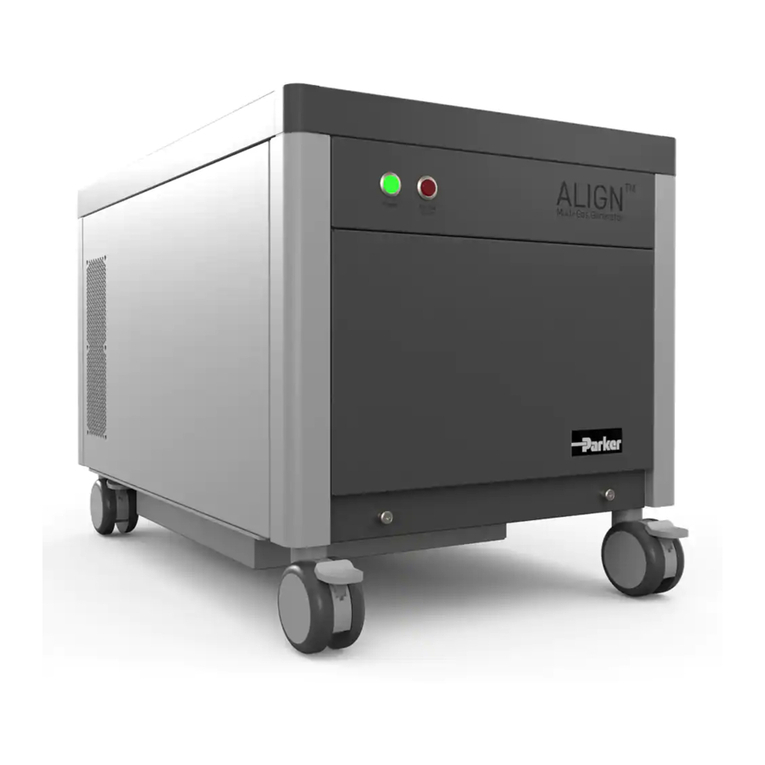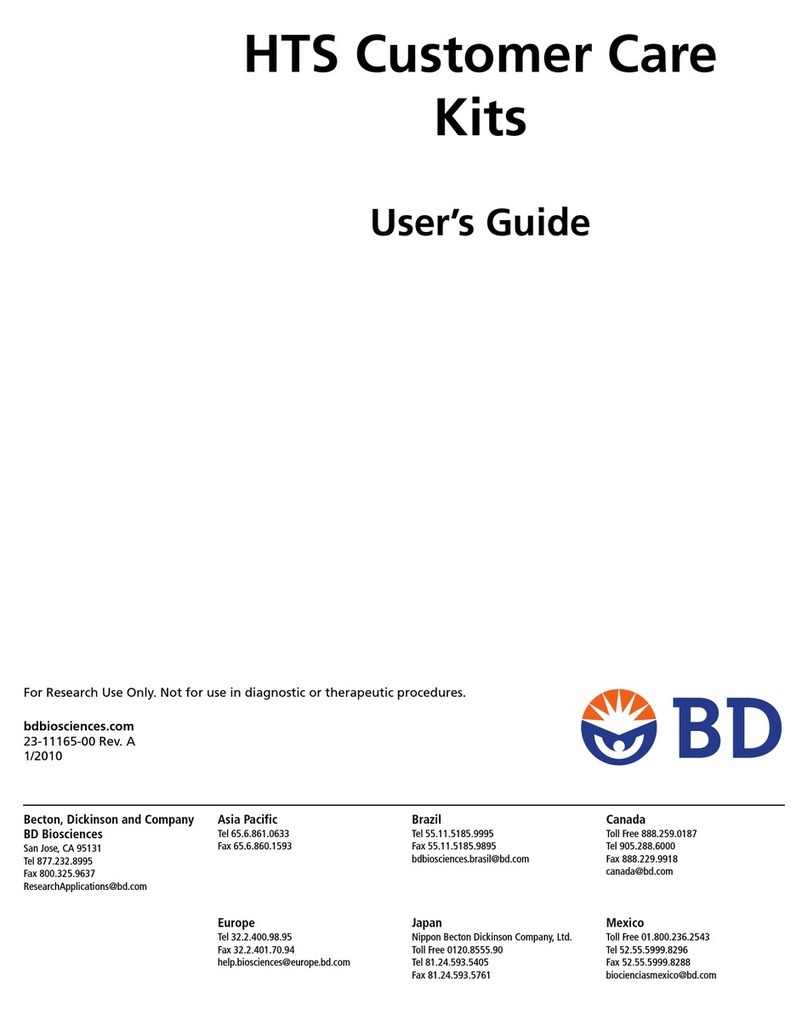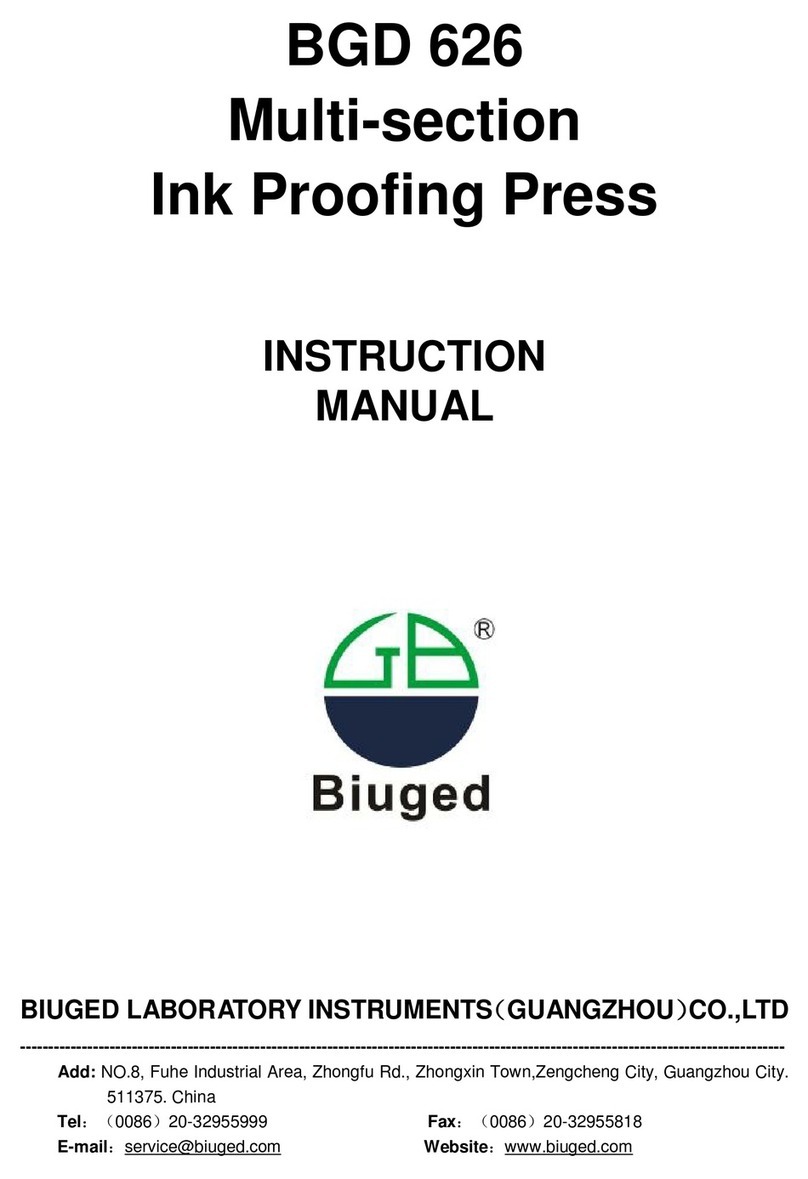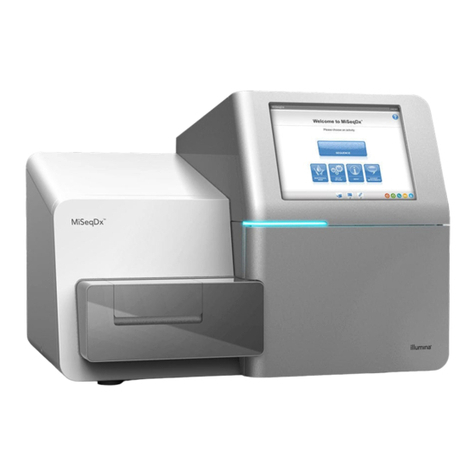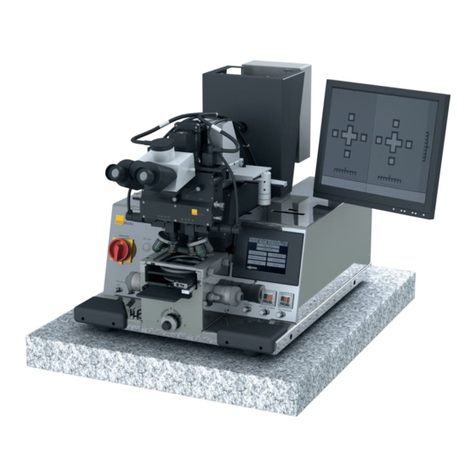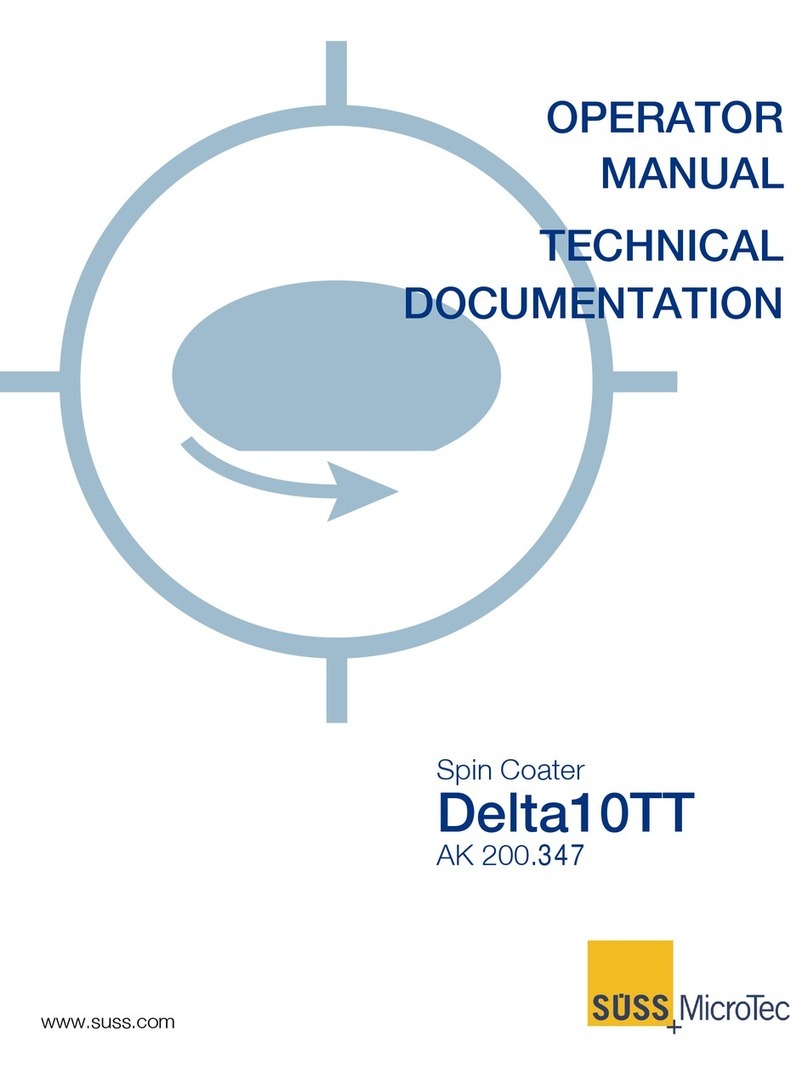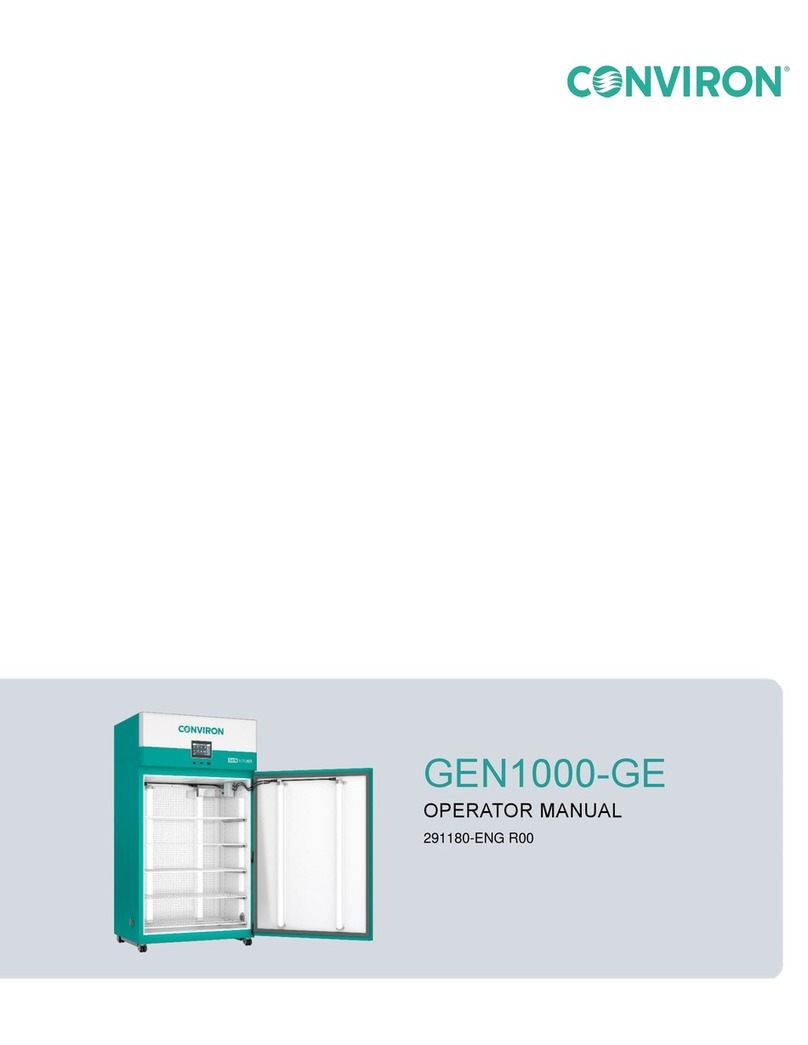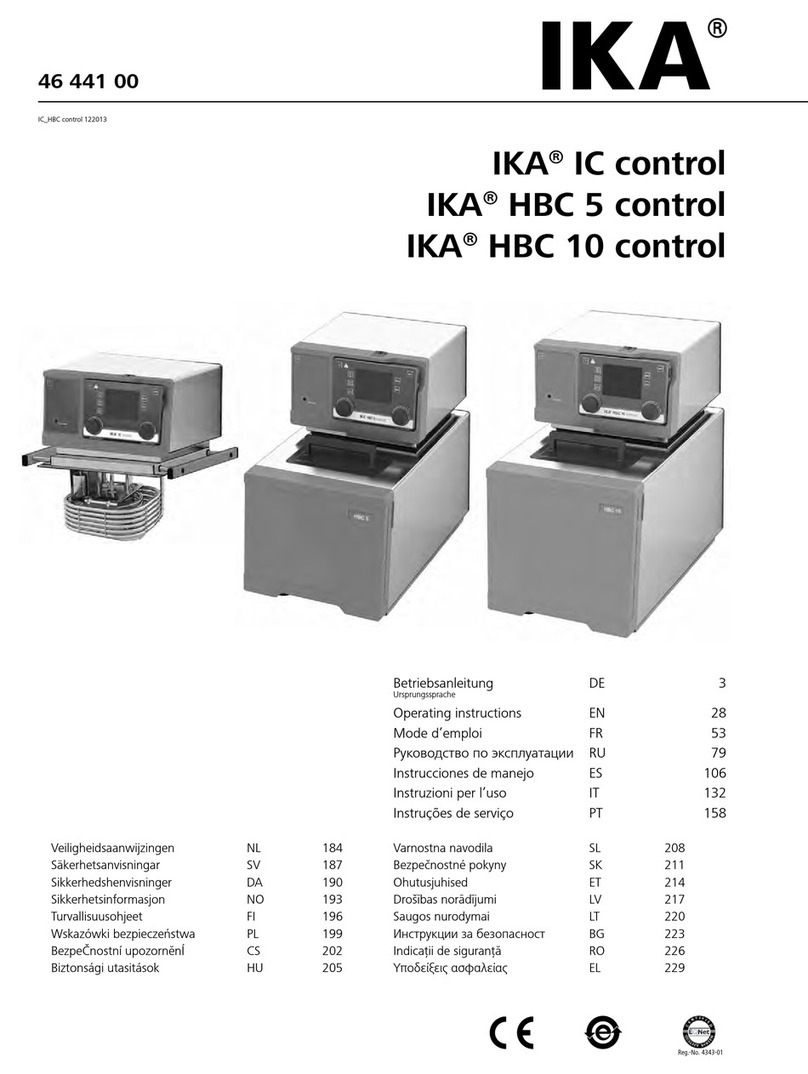
WARNINGS AND SAFETY PRECAUTIONS
SAFETY-INST MJB4 Rev09 17-03 WARNINGS and SAFETY PRECAUTIONS - Original Documentation - 1
1
1. WARNINGS AND SAFETY PRECAUTIONS
1.1. Guidelines on Safety at
Work
This machine has been developed and manufac-
tured in compliance with the current safety regula-
tions and standards.
This operating manual shall be read before using the
mask aligner. It contains all the information required
for the safe and correct use of the machine. Other
operating manuals included with this manual must
also be read, for power supplies CIC1200, CPC200
and CPC350.
As a further precaution against accidents, the oper-
ating and service personnel should be trained and
instructed on delivery and at regular intervals, other-
wise communication problems and misunderstand-
ing of the operating manual can lead to injury to the
operator.
SUSS MicroTec cannot accept any responsibility for
physical injury or damage to the machine which re-
sults from incorrect use of this machine and failure
to follow these safety instructions.
Attention!
The instructions in this operating manu-
al are only intended for qualified per-
sonnel. The machine may only be
operated by persons who are authorized
and trained to do so!
1.2. Intended Use of the
Machine
The machine is exclusively intended for use as an
alignment and/or UV-photolithographic exposure
device for wafers from 3 mm to 100 mm in diameter
or substrates 3 mm x 3 mm to 100 mm x 100 mm in
rectangular shape used in semiconductor and micro
system technology.
Any other form of use must be agreed on with SUSS
MicroTec Lithography's Engineering Product Sup-
port department. In the event of contravention,
SUSS MicroTec accepts no liability either for mal-
function or for personal injury.
1.3. Definition of Danger
Advice and Warnings
The dangers which can possibly arise during opera-
tion of this machine as well as appropriate precau-
tionary measures and recommended procedures
are described in this section of the manual - as well
as in warnings which are applied to the machine or
its assemblies or in some cases to the packaging.
Both types of warning must be understood and ob-
served by the MJB4 operator of the machine. Warn-
ings are normally divided into
• a description of the possible hazard
• directions on avoidance of the danger or on the
correct procedure to be followed in the event of
danger.
A warning or instruction symbol appears next to the
warning.
Warnings on the machine also include the key words
Danger or Warning:
Danger!
indicates an imminently hazardous situation
which, if not avoided, will result in death or se-
vere injury as well as substantial damage to
property or the environment;
Warning!
indicates a potentially hazardous situation
which, if not avoided, could result in death or se-
vere injury as well as substantial damage to
property or the environment.
Caution!
Indicates a potentially hazardous situation
which, if not avoided, could result in minor inju-
ry, moderate injury or product or property dam-
age.
Note!
draws attention to special technical information
which may not be immediately obvious.
